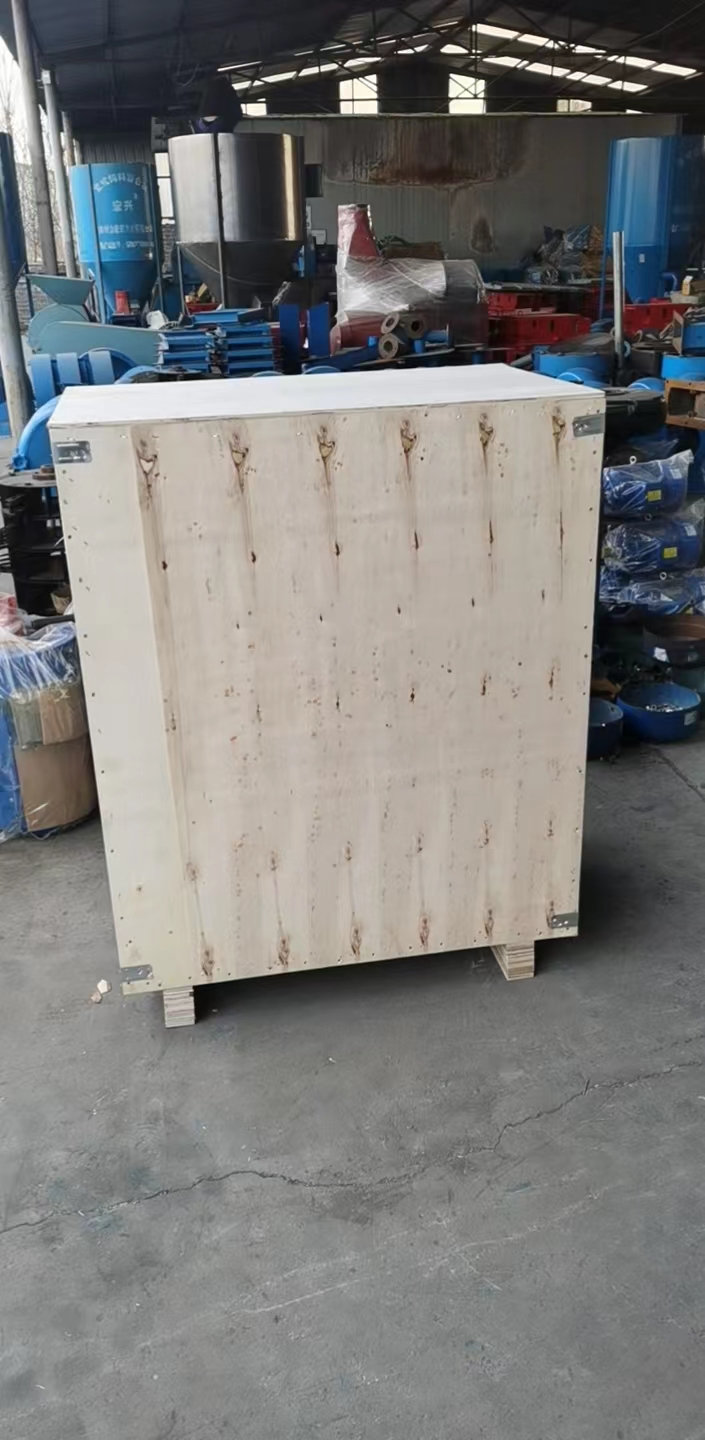DIY Quail Plucker Designs for Effortless Home Harvesting of Your Game Birds
Aug . 14, 2024 03:49 Back to list
DIY Quail Plucker Designs for Effortless Home Harvesting of Your Game Birds
Homemade Quail Plucker A DIY Guide for Bird Enthusiasts
When it comes to raising quail for meat and eggs, the process can be both rewarding and labor-intensive. One of the most critical steps in processing these birds is plucking their feathers. While commercial pluckers can be quite expensive, creating a homemade quail plucker is not only cost-effective but also an engaging DIY project. In this article, we will explore the benefits of a homemade quail plucker, the materials you need, and a simple step-by-step guide to make your own.
Why Make a Homemade Quail Plucker?
1. Cost-Effective Store-bought pluckers can range from hundreds to thousands of dollars, which is not feasible for hobbyists or small-scale farmers. Building your own can significantly reduce costs. 2. Customization Making your plucker enables you to customize it to suit your specific needs and preferences, accommodating different sizes and types of quail. 3. Satisfaction There's a unique satisfaction in using a tool you built yourself, knowing it was designed specifically for your quail operation.
4. Skill Development This project allows you to learn new skills in woodworking, mechanics, and perhaps even electrical wiring, depending on how advanced you want to get.
Materials Needed
Before starting, gather the following materials
1. Drill For creating holes in your design. 2. Drill Bits Both standard and rubber hole saws. 3. Wood Plywood or a sturdy workbench surface to build the base. 4. Plastic or Rubber Fingers These will act as the “pluckers.” You can find these at farm supply stores or online. 5. Motor A small electric motor to drive the plucking action. Consider a motor from an old washing machine or a dedicated motor from a supplier. 6. Electric Wiring If you're using an electric motor, you’ll need wire and connectors. 7. Fasteners Screws, bolts, and nuts to hold the assembly together. 8. Protective Gear Safety glasses and work gloves for protection.
Step-by-Step Guide
Step 1 Planning Your Design
Start by sketching your plucker's design
. Generally, it will consist of a circular base where the quail will be placed, a cover to keep everything contained, and a mechanism for the plucking fingers.Step 2 Building the Base
homemade quail plucker

Use your plywood to create a sturdy base. This should be large enough to accommodate at least one quail comfortably, but ideally the space should allow for multiple birds if you plan to process in batches. Ensure it’s robust to withstand the motor's vibrations.
Step 3 Attaching the Motor
Install the motor at the center of the base, ensuring it is securely fastened. The motor should be powerful enough to spin the plucking fingers but also controllable to avoid damaging the bird's skin. Attach a pulley or drive belt as necessary.
Step 4 Adding the Plucking Fingers
Drill holes in the circular base for the fingers. Space them evenly to ensure effective plucking. Attach the plastic or rubber fingers securely to the motor’s rotating component.
Step 5 Wiring the Motor
If you’re using an electric motor, connect it to a power source with the appropriate wiring. Ensure you follow electrical safety guidelines and use an ON/OFF switch for convenience.
Step 6 Testing the Plucker
Before processing any quail, test your plucker with some feathers or similar material to fine-tune the speed and efficiency.
Conclusion
Creating a homemade quail plucker can enhance your quail processing experience significantly. By saving money, customizing your design, and enjoying the satisfaction of a DIY project, you will improve the efficiency of your quail operation. With a little time and effort, you’ll have a valuable tool that rounds out your backyard farming endeavor. Happy plucking!
-
Hot Sale 24 & 18 Door Rabbit Cages - Premium Breeding Solutions
NewsJul.25,2025
-
Automatic Feeding Line System Pan Feeder Nipple Drinker - Anping County Yize Metal Products Co., Ltd.
NewsJul.21,2025
-
Automatic Feeding Line System Pan Feeder Nipple Drinker - Anping County Yize Metal Products Co., Ltd.
NewsJul.21,2025
-
Automatic Feeding Line System - Anping Yize | Precision & Nipple
NewsJul.21,2025
-
Automatic Feeding Line System - Anping Yize | Precision & Nipple
NewsJul.21,2025
-
Automatic Feeding Line System-Anping County Yize Metal Products Co., Ltd.|Efficient Feed Distribution&Customized Animal Farming Solutions
NewsJul.21,2025






